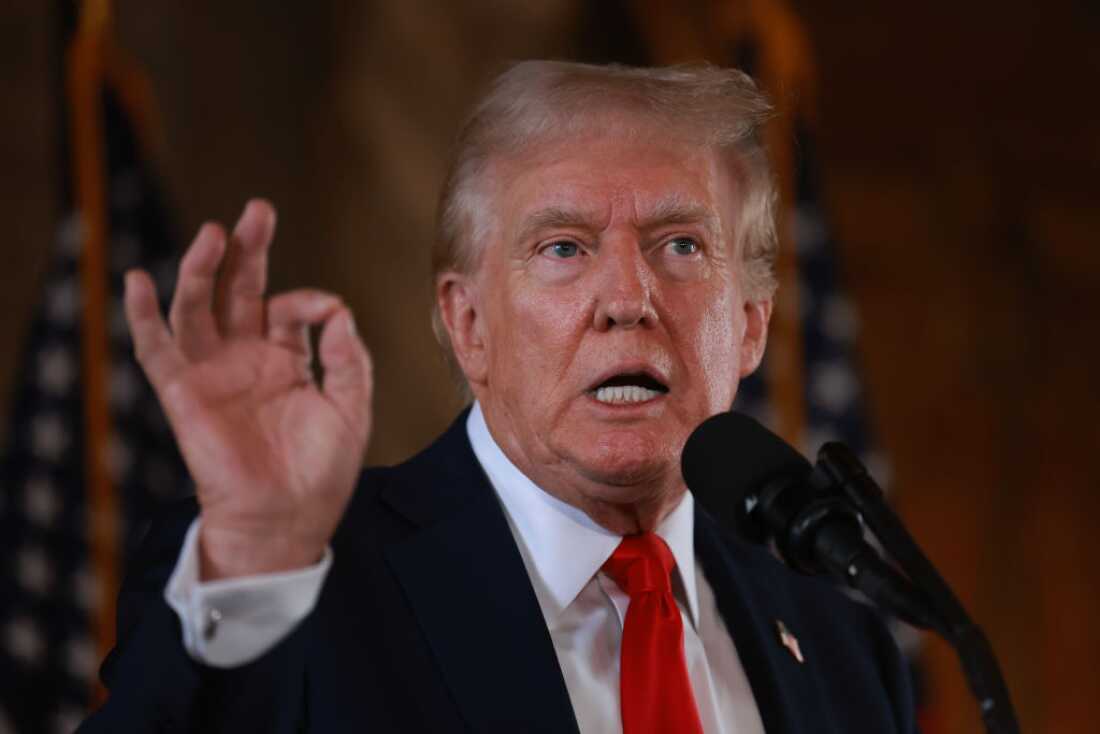Even with various internal and external challenges, the U.S. economy persists in showing resilience, surprising experts who forecasted declines that have not yet entirely occurred.
Over the past several years, the American economy has been tested repeatedly, from global health crises to geopolitical conflicts, persistent inflationary trends, supply chain disruptions, and political disagreements that have shaken investor confidence. Yet, in the face of these trials, the economy has consistently proven its resilience, maintaining growth where many thought it would falter. This ongoing performance has sparked debate among economists, policymakers, and businesses alike about the underlying forces that continue to support economic stability in the United States.
The impact of worldwide challenges and national instabilities
When the pandemic initially expanded worldwide, numerous predictions anticipated that the U.S. economy would suffer lasting harm. Yet, vigorous fiscal interventions, quick business adaptations, and creative changes in consumer habits helped soften the impact. Although other countries encountered extended economic downturns, the United States managed to recover at a faster pace, even astonishing experienced financial analysts.
As inflation emerged as the primary worry, the Federal Reserve increased interest rates at an unprecedented speed in recent decades. Many worried that these actions could drastically slow down economic activity or cause significant job cuts. However, although some sectors experienced a downturn, overall employment levels were robust, and wages kept increasing across various industries. This mix of limited labor availability and consumer purchasing strength contradicted conventional predictions about economic reactions in such circumstances.
Moreover, international conflicts and trade disputes added another layer of strain, particularly in energy markets and agricultural exports. Yet the U.S. economy adapted, diversifying its supply chains and leaning on domestic production where possible. While price fluctuations did create hardship for households and businesses, the broader economy sustained forward momentum.
Consumer confidence and business adaptability
One of the clearest indicators of resilience has been the continued confidence of American consumers. Despite headlines warning of potential downturns, people have maintained spending habits, particularly in areas such as travel, entertainment, and retail. This spending, even if tempered by higher prices, has kept demand strong and motivated businesses to continue investing in operations and expansion.
American companies have also demonstrated a remarkable capacity to adapt. Whether through digital transformation, remote work integration, or streamlined logistics, businesses have restructured themselves to navigate challenges. Many enterprises, particularly small and medium-sized firms, have found innovative ways to cut costs while meeting customer expectations. This entrepreneurial agility has played a key role in softening economic shocks that might otherwise have led to contraction.
Another factor is the ongoing influx of technology-driven industries and startups. Fields like artificial intelligence, renewable energy, and biotechnology have fueled job creation and investment opportunities, counterbalancing weaknesses in more traditional sectors. These growth engines not only contribute to current stability but also point toward long-term economic transformation that could further insulate the country from future crises.
The ongoing debate about sustainability
While the durability of the U.S. economy is evident, questions remain about how long this resilience can last. Critics argue that high levels of government debt, persistent inflation, and widening inequality could eventually erode the foundation of stability. Others point to the potential for global financial shocks, environmental challenges, or new geopolitical conflicts to test the limits of the system once again.
Supporters, however, emphasize that the American economy has historically shown an ability to recover from adversity, often emerging stronger after periods of disruption. They highlight the role of innovation, consumer strength, and institutional adaptability as cornerstones that continue to drive progress even in uncertain times.
The truth likely lies somewhere in the balance between these perspectives. While risks are undeniable, so too are the opportunities for continued growth and reinvention. What sets the United States apart is not the absence of challenges, but its capacity to absorb them and find new pathways forward.
Ultimately, the narrative of the American economy is not centered on being undefeatable but rather on its ability to recover and endure. Every challenge highlights the balance between danger and flexibility, between adversity and potential. As long as these factors persist, forecasts of a downfall may continue to be deemed hasty.


:max_bytes(150000):strip_icc()/Astressedwomanlooksatbills-b6ea78c9b51b406490661678a8139611.jpeg?w=360&resize=360,240&ssl=1)

